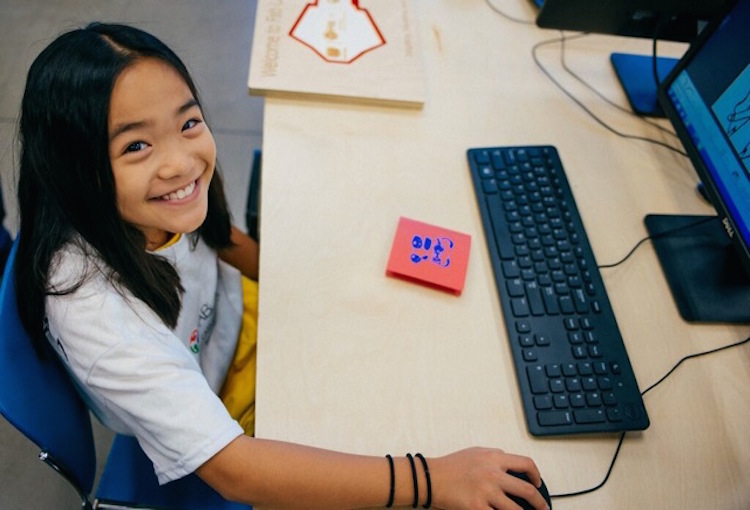
Fab Lab: an innovative new learning space at Carnegie Science Center
This week the Carnegie Science Center unveiled its newest learning space–an innovative public workshop called Fab Lab.
Equipped with 3D printers, laser cutters, rapid prototyping equipment and more, the new Fab Lab (Fabrication Laboratory) Carnegie Science Center is a welcome addition to a city that’s already making great strides in STEM-based education.
“Pittsburgh has always been a city of makers and it’s a city of makers now,” said Linda Padon, general manager of Public Policy and Corporate Responsibility at Chevron, at the space’s official opening on Tuesday. She spoke from an engraved wood podium that was created just a few feet away.
Located on the ground floor of Highmark SportsWorks, the Fab Lab will begin offering public programming by late September, including open workshop hours, Family Make Nights and after-school opportunities. In addition, the Fab Lab’s new mobile unit will hit the road soon–bringing the same equipment to regional schools and communities. While the space will initially be open to children in third grade and older, plans are in place to expand offerings to early learners as well.
“Given access to the right tools, the right opportunities and a small piece of imagination, it’s amazing to see what people of all ages can and will make,” says Nigel Hearne, vice president of Chevron Appalachian Michigan Business Unit. “Very soon tinkerers, testers and young innovators from all over the Pittsburgh region will be able to enjoy the benefits of the Fab Lab Carnegie.”

The new Fab Lab is made possible through a partnership between the Fab Foundation, the Carnegie Science Center and Chevron, which has committed $10 million to building similar labs in its American operating areas.
Chevron’s significant support stems from keeping a far-reaching eye on the prize. “Encouraging our young people to pursue science is critical for preparing them for the jobs of today and tomorrow. It’s also helping to develop the skilled workforce our region needs to compete in the global economy,” says Hearne.
The Fab Lab Carnegie Science Center joins a network of more than 500 Fab Labs in 30 countries worldwide. But it has its own unique claims to fame. For example, it’s the first Fab Lab to incorporate a mobile unit. It’s also the first Fab Lab to generate its own energy from solar panels, thanks to the support of Pittsburgh Green Innovators. And it’s only the fourth Fab Lab in the world to be incorporated into a museum or a science center.
Visits to the Fab Lab will be available for a fee and can be added on to museum admission or purchased as a stand-alone experience. Final details about pricing and times are still being worked out.
“Fab Lab Carnegie Science Center opens a new world of experiences for students to be able to imagine, to design, to test, to revise, to modify and to produce final products. They will take their creations from a vision to a product, an essential part of what real manufacturing is about,” says Ron Baillie, Carnegie Science Center co-director.
Featured photo: Elise (age 10) designs custom-cut stickers to make personalized greeting cards using the vinyl cutter, Photo by Nic Lockerman